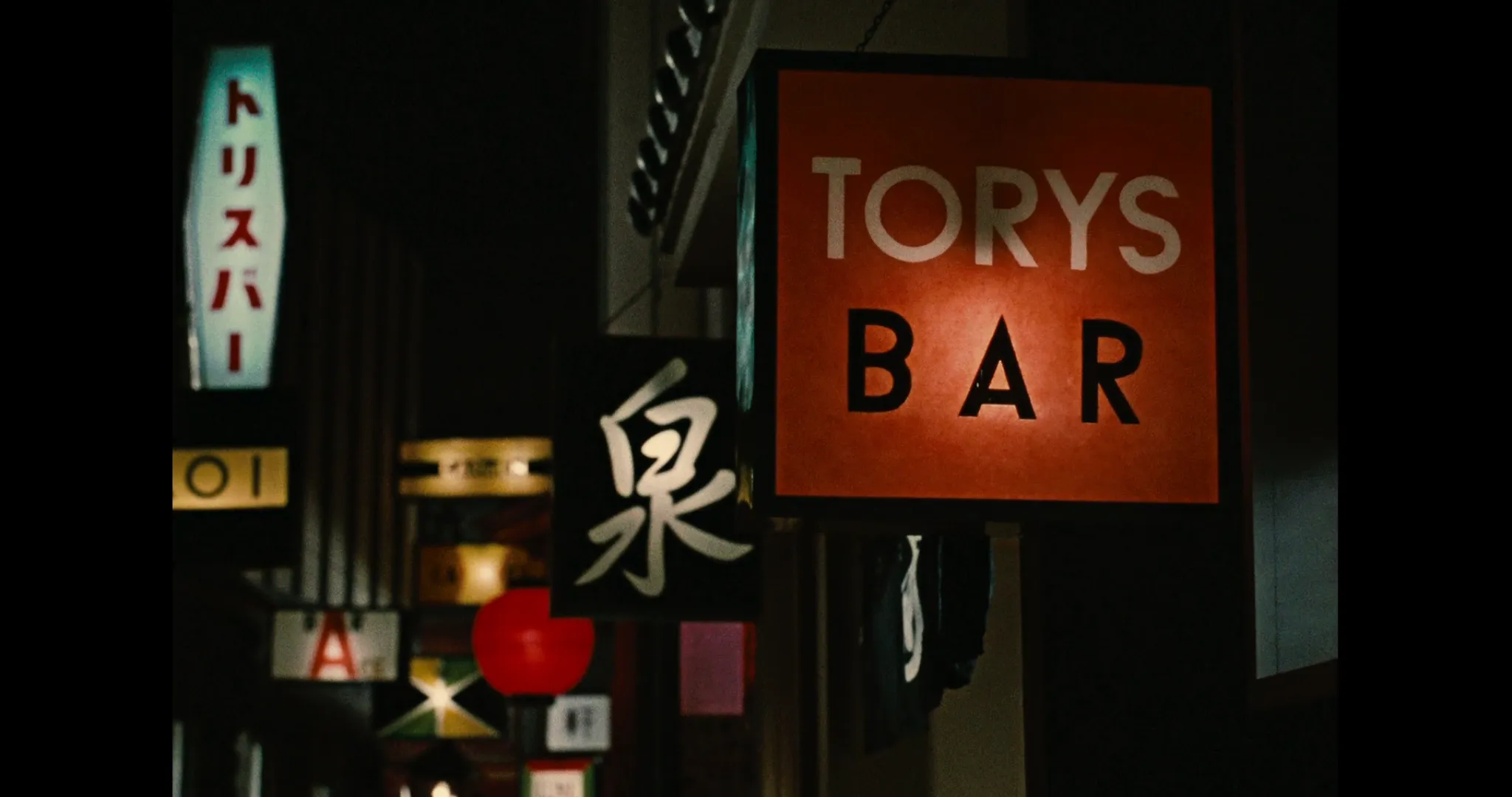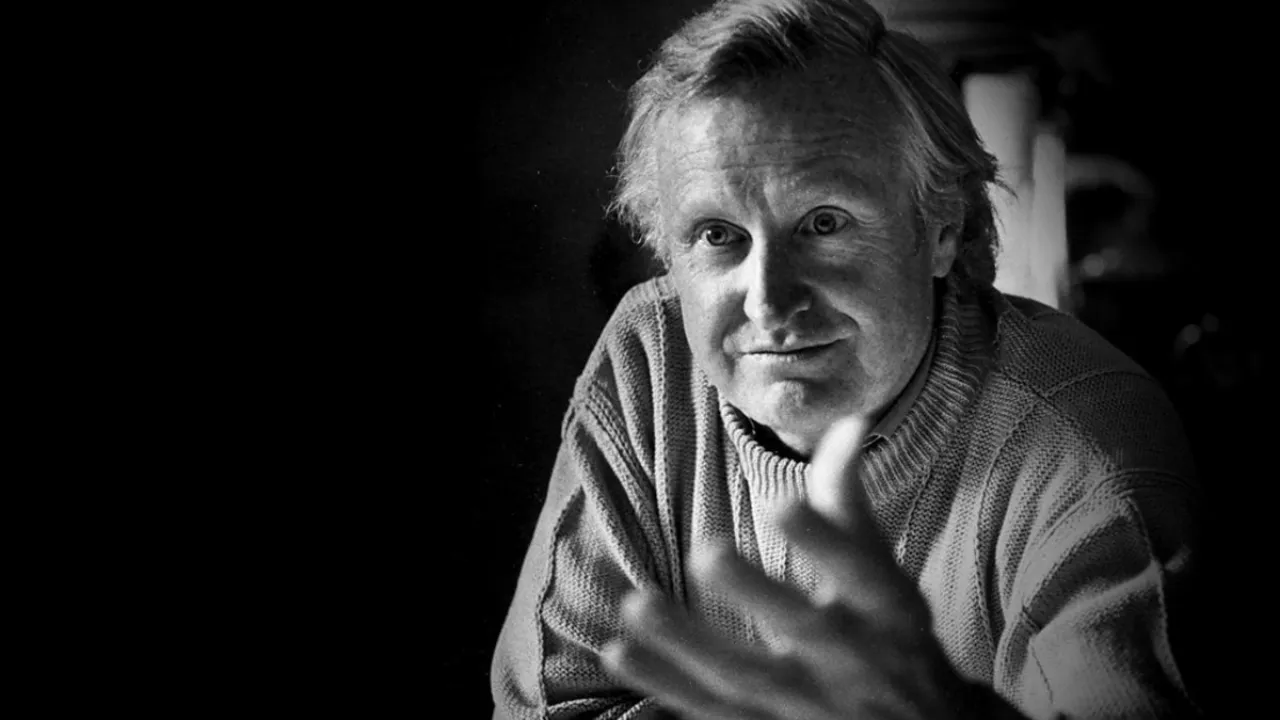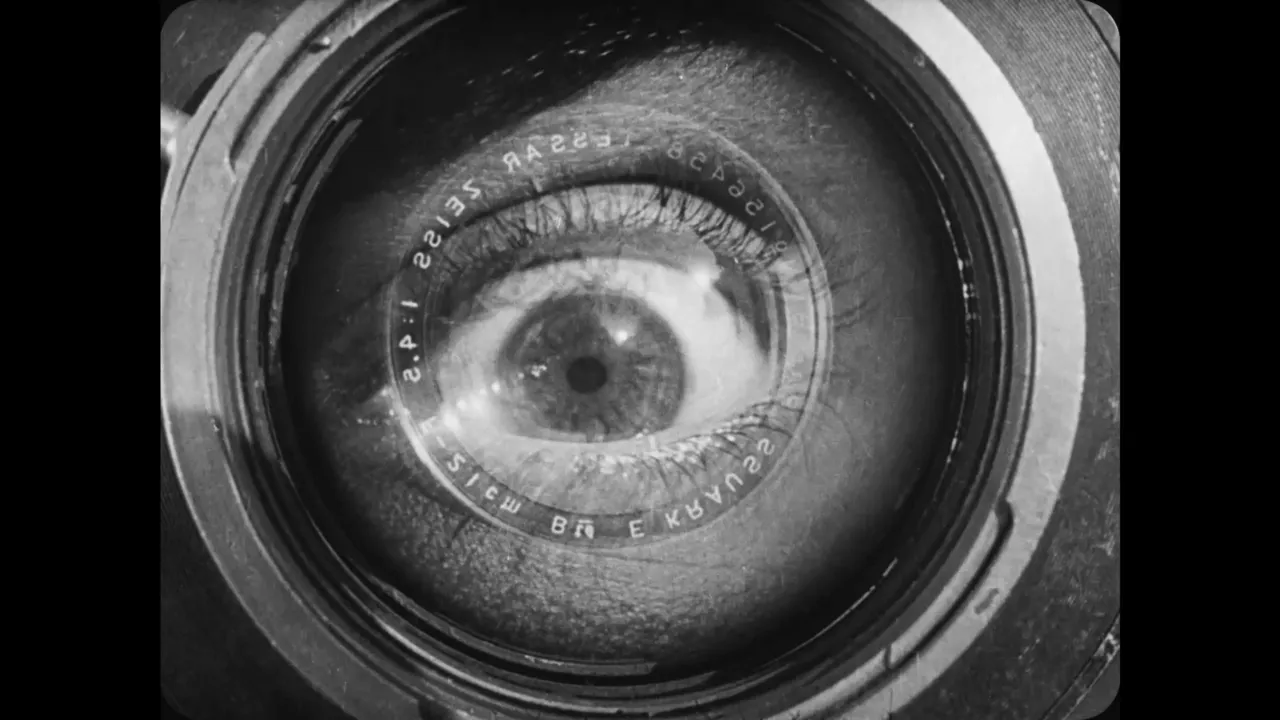Please update your browser
Your current browser version is outdated. We recommend updating to the latest version for an improved and secure browsing experience.

Alternative Color Processes
The great rival to Technicolor in the 1930s was German Agfacolor, a more subtle but more tonally reduced process on a single-strip. The first version of Agfacolor was a color-plate system introduced in 1932, but the company is most famous for the Agfacolor Neu system. Introduced in 1936, during the Nazi period, Agfacolor Neu was not used widely for industrial and historical reasons, but it was picked up in Japan by Shochiku Studios and used extensively by Yasujirō Ozu, who seems to have particularly appreciated its strong reds and sharp contrasts (as in An Autumn Afternoon, 1962, below).
Under alternate names, it was also used in the United States, first as Ansco Color and then, from 1956 on, as Metrocolor. Since the process was photochemical rather than based on dye couplers in film emulsion like Technicolor, the primary way to produce strong effects was through carefully coordinated mise-en-scène, especially the use of dynamically complementary or consistent colors on sets and clothing. John Boorman provided a memorable example in Point Blank (1967) where all of the henchmen of the Organizations were green suits in an office dominated by shades of green. He adopted even more Expressionistic strategies in Excalibur (1981).



From Berlin to Moscow
When the Red Army went into Berlin in 1945, Agfacolor equipment, labs, and even some personnel were confiscated and brought to the Soviet Union. Renamed "Sovcolor," the process persisted for decades. Its first use was in the final section of Sergei Eisenstein's Ivan the Terrible, Part II, a critique of the eponymous ruler's descent into paranoia and use of the secret police that was completed in 1946, shelved after review by Stalin, and then only released posthumously during the post-Stalin Thaw (1958). Layers of history are embedded in the extraordinary extract below.
The turn to color near the end of Ivan the Terrible, Part II is made more startling and carnivalesque by the return to black-and-white for the murder sequence that follows. Decades later, Wim Wenders reversed the effect and provided his own commentary on German history through the sequence from Wings of Desire (1987) below, in which a performance by Australian-born singer Nick Cave in West Berlin is watched by all sides of a divided world.


Kodak and Fujifilm
In 1952, Kodak introduced Eastmancolor, a monopack system that was essentially a modification of Agfacolor. It functioned by using the light saturation of colors complementary to red, green, and blue (cyan, yellow, and magenta). Like Technicolor, it required lab-processing, but was not strictly proprietary, so each studio could manage this through their own facilities (and they generally provided associated names like Warnercolor or Francocolor). The main advantages are that it could be used with much lighter cameras that required considerably less light, but the overall effect is generally "thinner" and less intense than Technicolor. It is also much more sensitive to fading and suffered for decades from an instability in the registration of cyan levels that would cause the film to tint red and, over time, to lose all other colors (this was corrected in all stocks made after 1983).
The primary alternative producer of film stock was the Japanese company Fujifilm, which was especially popular in Asia. Fuji marketed itself as producing perceptually rich color effects, particularly in low-light conditions. Edward Yang and cinematographer Yang Wei-han demonstrated what could be achieved with Fujifilm in Taipei Story (1985). Characteristically, Yang reflexively turned this into an opportunity to comment on the unique historical situation in Taiwan relative to former occupier Japan (left), the KMT dictatorship that was then still ongoing (1949-1987), and the United States (below).


Color Pushing in Eyes Wide Shut (Stanley Kubrick, 1999)
Kodak stocks could be used for equally vivid effects under the right circumstances. The most intriguing example is Stanley Kubrick's Eyes Wide Shut (1999). Kubrick and cinematographer Lance Smith used an older Kodak stock (EXR5298, 500) and force-developed (or "pushed") the film by two stops. Kubrick insisted that every print of the film be printed at Deluxe's London Laboratories to create the film's singular look (replicated, if imperfectly, in these digital extracts).
Complemented by the repetition of many lines and the eerily empty recreations of New York streets (left), the glowing background lights and red/green contrasts all contribute to a dreamlike atmosphere and palpable sense of menace. Nowhere is the peculiar atmosphere of the film more evident than in the Christmas party dance sequence at the bottom.











